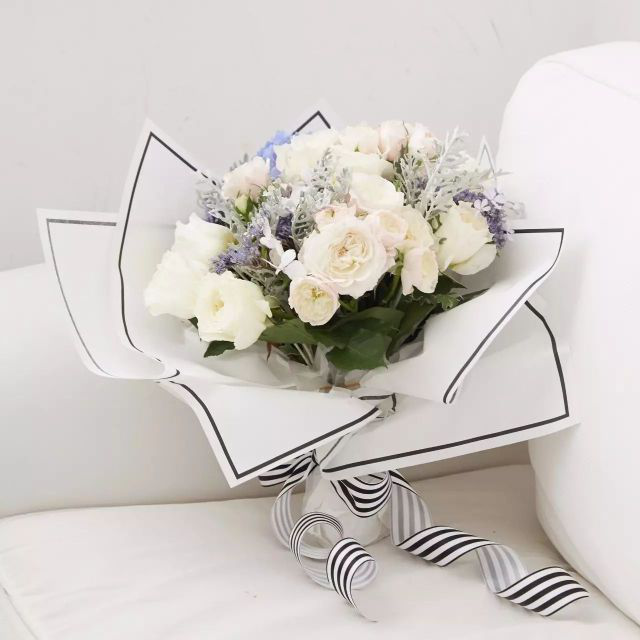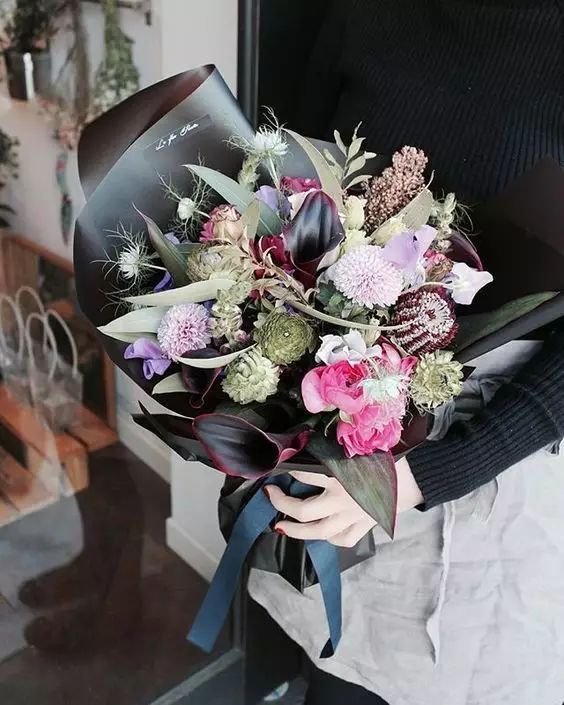
We have seen many ugly wrapping paper in the floral industry. Why do florists use them?
Before answering this question, there is another question here:
Is a beautiful wrapping important for a bunch of flowers?
Some people think it is not important. For them, "the packaging is to be torn off", "I am sending flowers anyway, and the packaging does not matter."
Cellophane and kraft paper are no difference in their eyes.
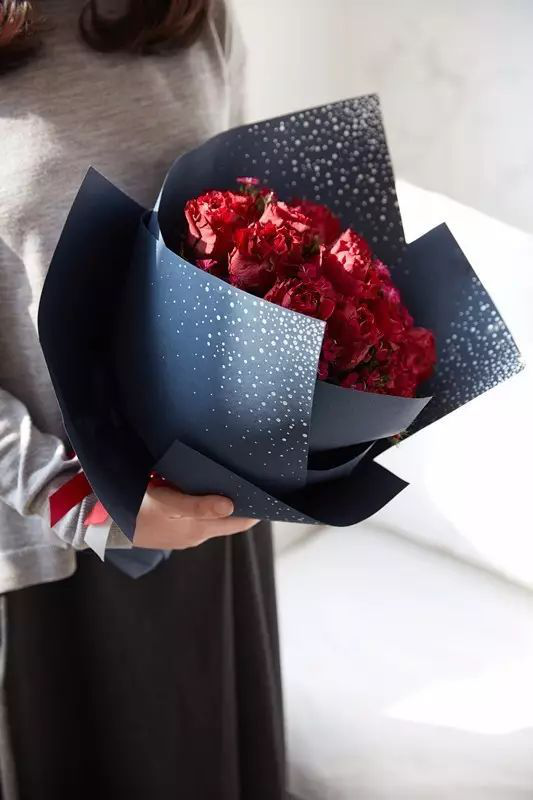
There is a saying “Clothes make the man, the dog with bells run Huan”. Flowers also need their "clothes". Packaging without any dout is important.
When you go to the flower shop, what you buy is not only the flowers themselves, but the overall beauty, the collocation of the flowers, the shape of the bouquet, the style of packaging.
When the season changes, we always care about what new clothes are on the trend, what are the fabrics, cuts, designs, and whether they are suitable for ourselves.
For florists, caring about wrapping paper is like we caring about clothes. Only by understanding their materials, shapes, and matching can we make better flowers.
I interviewed a friend of Chu Cong in April trying to get more more knowledge on flower wrapping paper. She revealed to me a lot of "inside stories" of packaging paper.
The common packaging papers on the market can be roughly classified according to shape, material and color (pattern).
By shape
Wrapping Paper In Packaging
The classification of bouquet wrapping paper in shape is the same as that of paper towels. We can see the wrapping paper mainly in sheets and rolls in the market.
Flower Wrapping Sheet
The size is fixed, and designed to be big enough for a bunch of flowers, but the trend in recent years is to wrap a bunch of flowers with 6 or 7 pieces of wrapping paper.
The most commonly used size is 60 *60 cm/ 75*50 cm in square sheet.
Round sheet, instead, is inspired by the arc beauty of clothing to wrapp around the bouquet like a dancing skirt, layer upon layer.
Wrapping Roll
The paper is rolled with the fixed width, regular width size is 50 cm and the length could be 50 meters or 100 meters depending on the manufacturs, and you can pull as much as you want.
Wrapping Paper By Material
From the perspective of raw materials, there are three common types: paper, plastics, and non-woven fabrics.
Pulp -- the basic raw material for papermaking. It is processed from plant fibers. Most of the paper products on the market are made of pulp, which is also a major category in bouquet wrapping paper.
Art paper
--Natural paper texture, fine and perfect hand feel, it’s nothing like the most of paper which is easy to be damaged, wrinkle, and fade when exposed to water. It is easy to keep in a good shape.
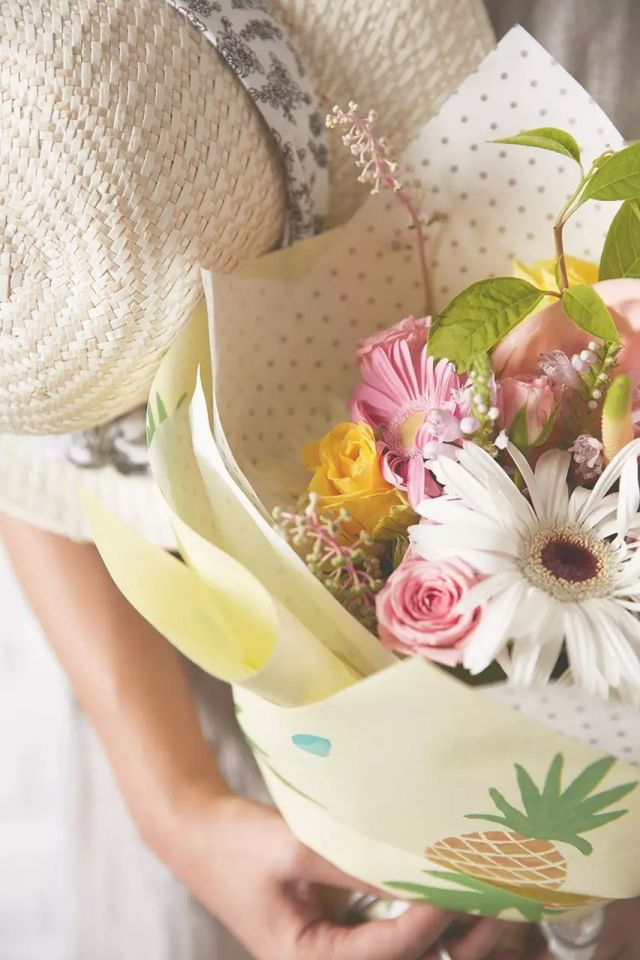
Kraft paper
--light brown, with a vintage feel, toughness and not easy to deform.
Waxed tissue paper: Wax coated on the surface, good waterproof
Tissue paper: The flower-wrapped tissue paper is generally used together with other wrapping papers for inner or outer wrapping.
Film wrapping paper
--is like plastic, generally fully waterproof, so you don’t worry about flowers getting wet when it rains. In addition to transparent and glossy wrapping paper, there are also matte ones.
Cellophane
It’s mostly clear with no complicated colors or pattern like candy paper collected when I was young.
Non-woven fabrics
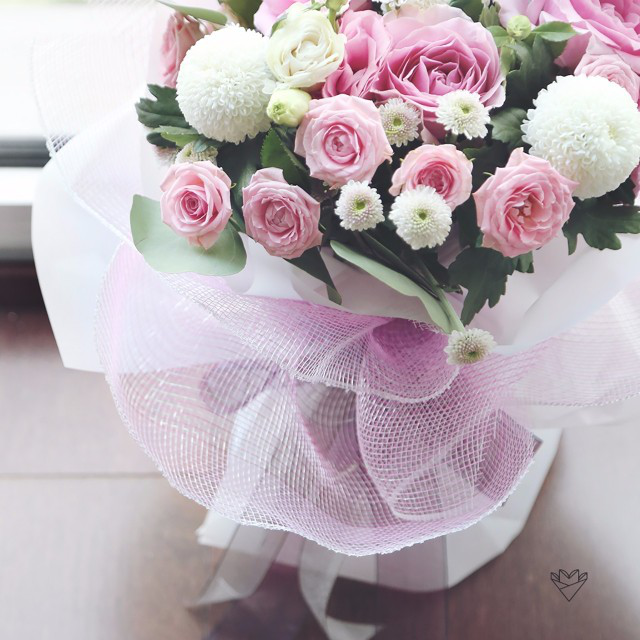
Non-woven fabrics are commonly used materials for eco-friendly shopping bags. They are soft, light, and easy to shape. It’s also perfect to shape the flowers.
The flowers themselves are already colorful. Wrapping paper should be simple and elegant, and solid-color wrapping paper has the highest utilization rate, especially light colors, which highlight the color of the flowers while it’s not too standing out.
In different seasons, some special patterns will be launched according to the current fashion. The most popular design this summer are tropical pineapples and flamingos, as well as marbling.
Matching of wrapping paper
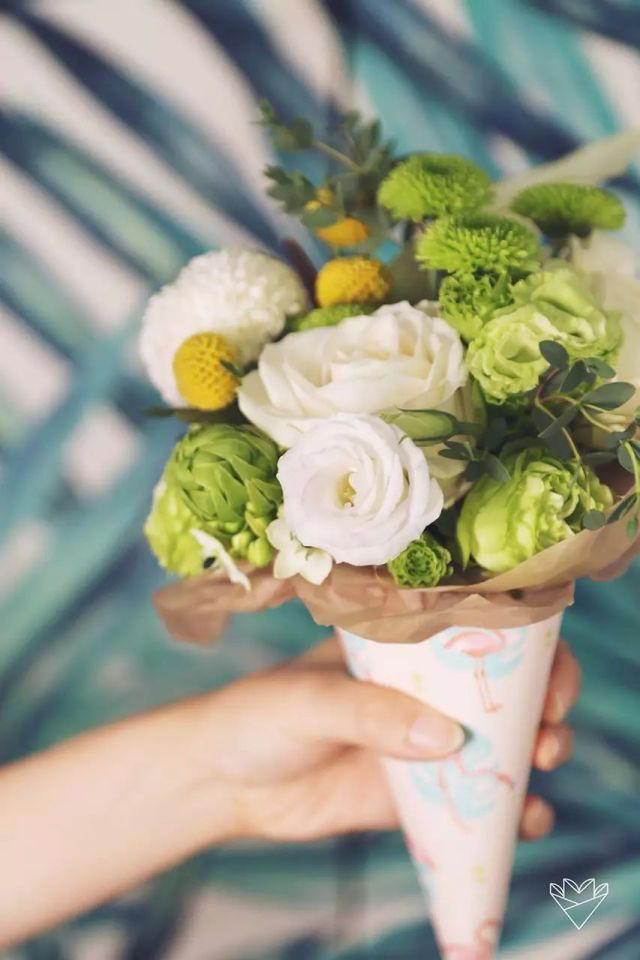
The selection and matching of wrapping paper depends on the style of the bouquet and the amount of flowers. For example, the popular Korean bouquets in recent years, multiple pieces of wrapping paper mixed with different styles is required in a bunch of flowers.
When different types of the wrapping paper are used for a bunch of flowers, the arangement of the primary and secondary paper is very important. For example, art paper, soft waxed tissue paper, kraft paper, and film paper are usually used as the main paper materials, and tissue paper, wax paper, and cellophane are used as auxiliary materials for internal or external decoration.
There are no certain rules in the matching of the wrapping paper. Choosing the right wrapping paper, how to use it, and how to match a bunch of flowers is all up to personal preference.
Back to the beginning of the question:
Why do flower shops like to use "ugly" wrapping paper?
Aesthetics And Cognition
On the one hand, it is the limitation of aesthetics and cognition, as it seems that neither the florist owners nor the consumers pursue too much in aesthetics. They do not pay much attention on the wrapping paper or they are ok with such ugly wrapping paper.
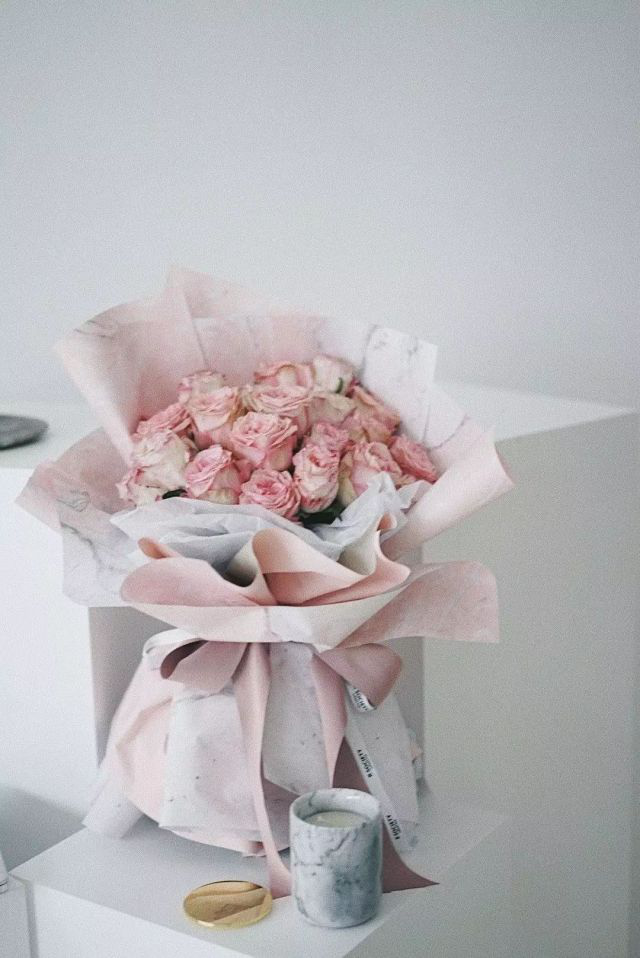
Price
On the one hand, it is price restrictions.
Good wrapping paper is often more expensive.
Where to buy stylish wrapping paper at an affordable price? Check our selection of wrapping paper out.

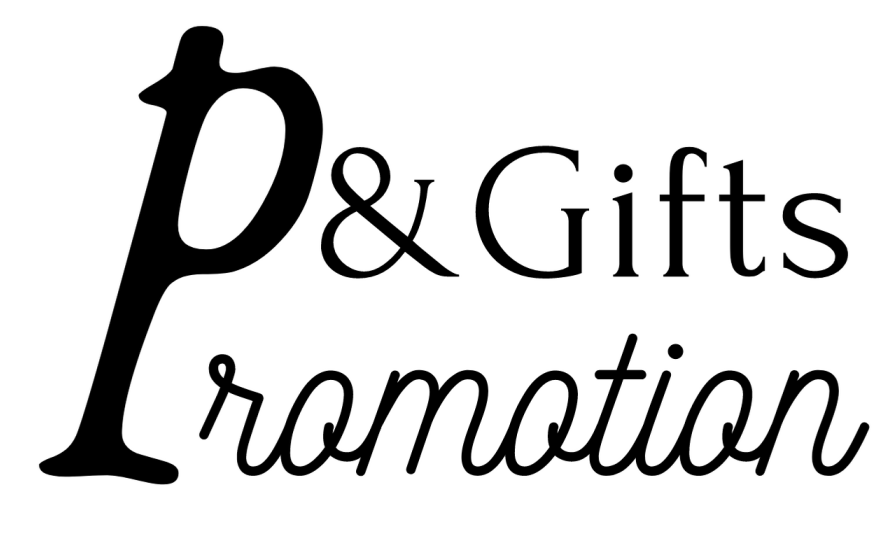
 English
English German
German French
French Arabic
Arabic Afrikaans
Afrikaans Albanian
Albanian Armenian
Armenian Azerbaijani
Azerbaijani Basque
Basque Belarusian
Belarusian Bulgarian
Bulgarian Catalan
Catalan Croatian
Croatian Czech
Czech Danish
Danish Dutch
Dutch Estonian
Estonian Filipino
Filipino Finnish
Finnish Galician
Galician Georgian
Georgian Greek
Greek Haitian Creole
Haitian Creole